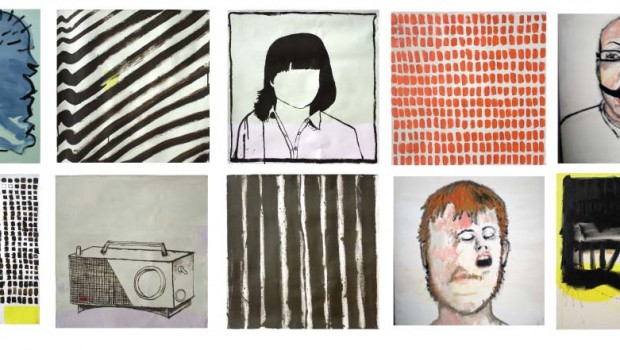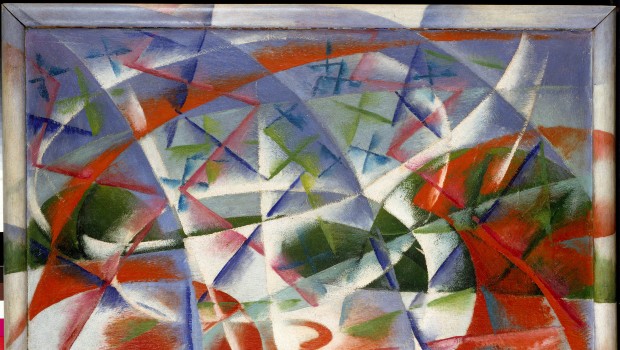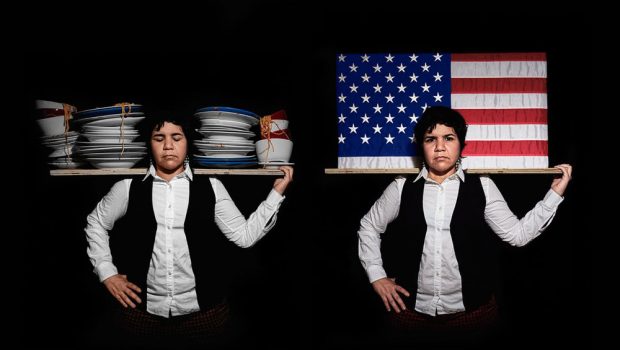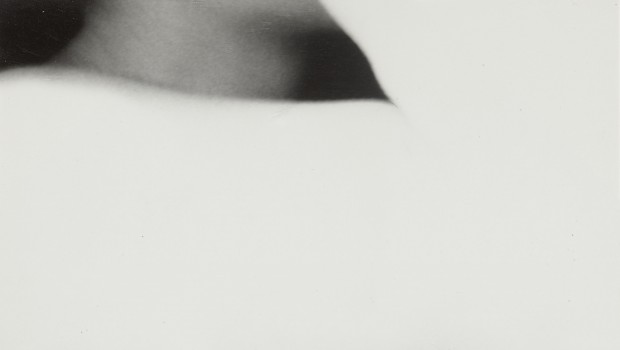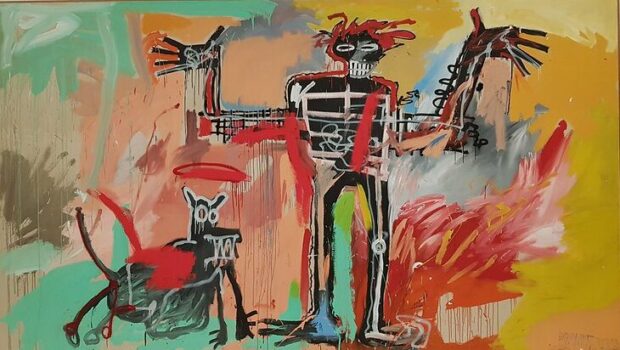Young Spanish Art
Tania Tapia Paz
Emerging Artists
Download Complete PDF / Descargar
Contemporary Spanish art is living through one of the most creative periods of its history. Since the mid-eighties, the proliferation of art galleries and contemporary art museums in Spain has created an excellent cultural framework for the country. The younger artists’ works have captured the attention of the many agents of the art world. Critics, gallery owners, dealers, museums, etc. support their work and pay them some well-deserved recognition through awards, excellent reviews and shows.
The exhibition Young Spanish Art: The New Generation explores the status of the contemporary art in Spain through the work of the up-and-coming artists who have broken the mould in their own country and beyond.
Since the mid-eighties, the proliferation of art galleries and contemporary art museums in Spain has created an excellent cultural framework for the country. The younger artists’ works have captured the attention of the many agents of the art world..
The group selected for this exhibition was born between 1970 and 1980. This decade has spawned a whole generation of artists that has rejuvenated the Spanish art scene from all points of view. Javier Arce, Cristina Cañas, Óscar Carrasco, Carles Congost, Ángel Hernández Tuset, Cristina Lucas, Pablo Pérez Sanmartín and Fernando Sánchez Castillo represent a perfect example of what Spanish contemporary art is in the 21st Century. This new generation will go into the annals of Spanish art history.
In years before, the trend was generally to pull away from the importance of the message to focus on the importance of language and aesthetics: form over content. However, the line taken by this new generation is quite different. In addition to the generational factor, the item that best describes their character as a group is that our artists’ creations are committed art, full of content and meaning. Their work is not outside the context in which it is generated and interacts with the reality that surrounds us, expressing their points of view on society, history, communication, human relationships and on the art system itself. The idea is more important than the object. This does not mean that the young artists neglect the visual factor; on the contrary, the expressive force of their work is extraordinary. It means that they use different media, techniques, styles and languages to reflect on the issues that concern them. Without any doubt, they are eclectic artists able to transform their visual imagination in service of an idea.
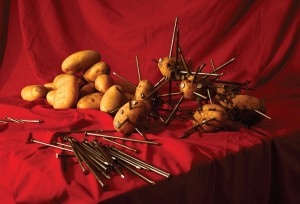 The artist Javier Arce examines the meaning of the greatest works of art, those images which where turned into real icons. Javier reproduces great masterpieces taken from universal art history (in this case “The creation” of Michelangelo) with felt-tip pen on crumpled up indestructible paper, with the aesthetic of a photocopy. Thus, he reflects about the value of the original piece and its conversion into a massive object as well as the value of the author’s signature. He is analyzing the production of images and its subjugation to consumerism.
The artist Javier Arce examines the meaning of the greatest works of art, those images which where turned into real icons. Javier reproduces great masterpieces taken from universal art history (in this case “The creation” of Michelangelo) with felt-tip pen on crumpled up indestructible paper, with the aesthetic of a photocopy. Thus, he reflects about the value of the original piece and its conversion into a massive object as well as the value of the author’s signature. He is analyzing the production of images and its subjugation to consumerism.
The Sevillian artist María Cañas based her artistic process on the recycling and the appropriation of images. Her experimental, unpredictable and chaotic work refl ects on the strange mixture of fun, alarmism and sexuality around us. She analyzes the clichés and stereotypes of the Spanish identity by means of her extravagant compositions full of humour. The video selected for this exhibition, Our Thing, builds a giant collage of images around the figure of the bull and its relationship to the Spanish culture, especially in the south of the country. These compilation of images is charged with symbolism and allusions to Goya or Buñuel, and drives the viewer to a cultural self-criticism.
Oscar Carrasco is attracted to the beauty in abandonment and decadence and immortalizes the forgotten spaces: human buildings devoid of any kind of humanity. One of the main features of his photography is the importance of the plasticity of spaces. The astonishing perspectives depicted by Carrasco remind us of the great masters of the Renaissance and their architectural compositions dominated by the laws of symmetry and proportion. It alludes to the period of the European Romanticism when artists, philosophers and writers (Piranessi, Ruskin…) were interested in the beauty of ruins and the aesthetic value of time. In his series about the old Spanish prison “Carabanchel” (symbol of the Franco regime’s oppression) Carrasco develops all his visual poetry inside a space charged of historical symbolism.
Carles Congost utilizes images related to the pop world, the teenage universe and mass culture to examine the creation of idols and stars by the mass media. His personal aesthetic refers to other languages such as comics, video-clips, B movies and TV. The video included in Young Spanish Art: The New Generation, Bad Painting is a strong criticism of the current situation in the Spanish art system and its dependence on the artistic tradition.
Ángel Hernández Tuset is one of the few young artists who keeps using painting as mean of expression. In his last series, Tuset looks at the human relationships through the parallel with electricity. He used plugs and other electrical items as a graphic metaphor of the interpersonal relationships: love and sex. His new pieces are characterized by a dirtier, sketched and colourist manner compared to his earlier work. His most recent works focuses on the idea of interruptions in communication, information and discourse. The information overload we are exposed to, and the isolation experienced by the contemporary individual, are some of the ideas suggested by his paintings.
Cristina Lucas centres her discourse on researching the power structures from the point of view of culture and gender criticism. The video selected for this exhibition entitled La Liberté Raisonnée is temporally located in the 18th Century, during the so-called Enlightenment. Cristina Lucas appropriates one of the greatest symbols of art history, “Liberty guiding the people” by Eugène Delacroix, to reflect on the evolution of women’s rights throughout history. Thus, the artist brings in question the social progress achieved during the years of the Illustration. The allegory of liberty, the quintessential symbol of the French Revolution, along with art history fi nd a tragic ending in this video, invite the spectator to scrutinize on the situation of women and about other universal instances of submission which are socially accepted.
Pablo Pérez Sanmartín is noted for his eminently pop style, but over this superficial emptiness, Pablo refl ects about strong subjects. The banality of life, the aesthetics mutation and the futility of pop trends are somewhat recurrent topics in his work. His aesthetic is influenced by music culture, B movies, advertising language, design and the teenage subcultures. Ironically, his installation Democracy Rules recovers the languages of design and advertising to refl ect and react against the consumer society. Using the same weapons as capitalism, the artist fights against the idiosyncrasies of a contemporary society subjugated to excessive and superfluous consumerism.
Fernando Sánchez Castillo is especially interested in the revolutionary subjects, the politics and the violence found in the history of our societies and in the current world. Throughout his artistic language he tries to further deepen the study of the darkest moments of Spain’s history. The current exhibition includes two different mediums of expression: photography and video. In the video Pegasus Dance, a choreography for water-gun vehicles, Fernando used the structure of the classical musical divertimenti to present the chaos unleashed by those in the institutions power and who are entirely dedicated to maintain the established order. Those water-gun vehicles, power instruments often used for the suppression of the masses, lend their services in this occasion to support the art and the culture and the freedom of expression. This work is complemented by a couple of pictures. Both photographs evoke the amply developed genre of still life, the Spanish Barroque Bodegón. However the pictured items are very different from the classic fruit baskets, jars and candlesticks of the Golden Age. Fernando Sánchez Castillo portrays the weapons used by the furious masses in any kind of riot. Cocktails Molotov, bottle rockets, stones, wood, megaphones, nails, eggs, etc. are the protagonists of these particular still lifes.
Posted: April 23, 2012 at 6:34 pm


